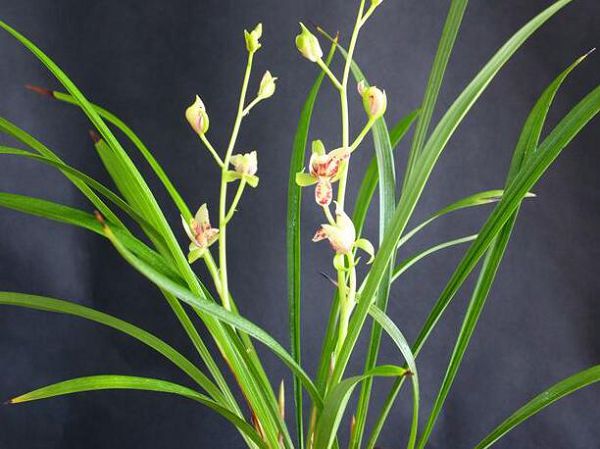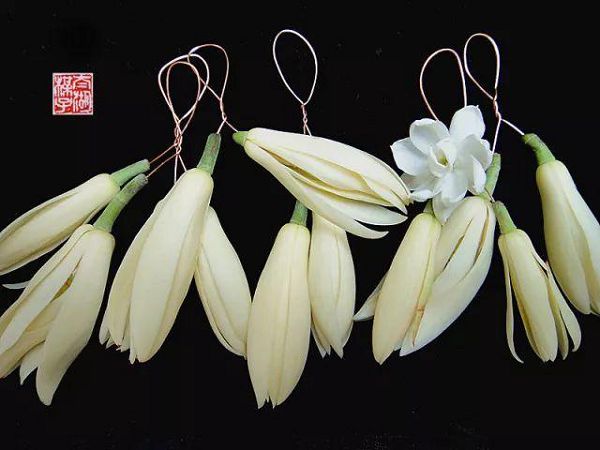What about the withered and yellowed leaf tips of orchids?
About orchid leaf yellowing is how to return a responsibility, finishing the reasons as follows, for the majority of Lan You reference:
The yellow leaves of orchids may have the following factors:
First, the orchid's environment changes, causing the leaves to absorb water is not good.
Second, before buying orchids, they were newly potted. Orchids were not adapted to the soil and temporarily affected nutrient absorption.
Third, the newly bought orchids are not suitable for orchids to grow in watering and placing environments.
Fourth, yellow water, is too much water irrigation led to soil water for a long time wet, poor permeability and even part of the fibrous root rot. Showing dark yellow dull young leaves, young shoots atrophy.
Fifth, fat yellow, that is, fat more, the performance of the old leaf tip yellow off, although the new leaves are plump and shiny but generally concave and convex do not stretch. If it is a valuable flower, it can be sprinkled with a layer of cabbage or radish seeds, and then pulled out a few days after emergence to consume nutrients.
Sixth, dry yellow, due to long-term irrigation or dehydration, although the new leaves are normal in color, but the lower leaves gradually dry yellow off aging.
Seventh, alkali yellow, especially some southern flowers like acidic soil, while the northern water quality is alkaline leaves fade yellow or even fall off. The easiest way is to pour fermented rice washing water or rainwater.
Orchids placed to ventilation, to overcome direct sunlight.
Orchids often occur leaf tip dry, even the whole leaf withered phenomenon, the first time orchid flower friends do not know how to do, orchid leaf tip dry mainly due to orchid anthracnose and round spot disease caused, orchids suffer from freezing injury or late frost damage, but also easy to form leaf tip dry or discoloration, the following to see specific solutions.
A disease caused by orchid anthracnose and round spot. This disease occurs in large numbers during the rainy season or at the turn of summer and autumn when it is hot and rainy. The solution is to spray 50% carbendazim 1000 times solution or 50% captan 500 times solution once every 10 days and spray 3-4 times continuously during the easy onset period.
What if the tip of the orchid leaves dries up?
In addition, orchids suffer from freezing injury or late frost damage, but also easy to form dry or discolored leaf tips. Therefore, winter temperatures below 0℃ areas, winter orchids should be moved to indoor ventilation, sunshine conservation. When moving outdoors in spring, be careful to avoid late frost hazards. The traditional experience of no wind in spring, no sun in summer, no dryness in autumn and no wetness in winter is very good for preventing the drying of orchid leaves.
For the orchid leaves that have withered at the tip of the leaf, if the situation is not too serious, manual pruning can be used. Scissors (preferably disinfected with alcohol) are used to cut off about 10 mm below the dried part, so that the full pot can still be maintained green. It is better to spray fungicides after pruning.
Note: Spring is not windy, summer is not sunny, autumn is not dry, winter is not wet means that spring should not be moved outdoors too early to avoid strong wind damage; summer should be properly shaded to prevent sun exposure; autumn should be watered frequently to prevent drought; winter basin soil should not be too wet to prevent freezing and rotten roots.
- Prev

How to deal with orchids after flowering, timely fertilizer preparation for the coming year
How to deal with orchids after flowering, timely fertilizer preparation for the coming year
- Next

White orchid breeding method? How do white orchids grow in winter?
White orchid breeding method? How do white orchids grow in winter?
Related
- Is the orchid suitable for indoor use? Is it good for the body?
- How to prevent the empty root of orchids?
- What to do after the crab claw orchid is withered?
- Why are the leaves of orchids always yellow? Fertilizing and watering.
- Can the root of the gentleman orchid be saved if it is rotten?
- Diagnosis and treatment of cotton-blowing beetle insects in Cymbidium
- There is a way for a gentleman's orchid to rot.
- What is the most suitable temperature and humidity for the orchid?
- How to raise a gentleman's orchid? Cultivation techniques of Cymbidium
- How to prepare the nutritive soil for the cultivation of Cymbidium

